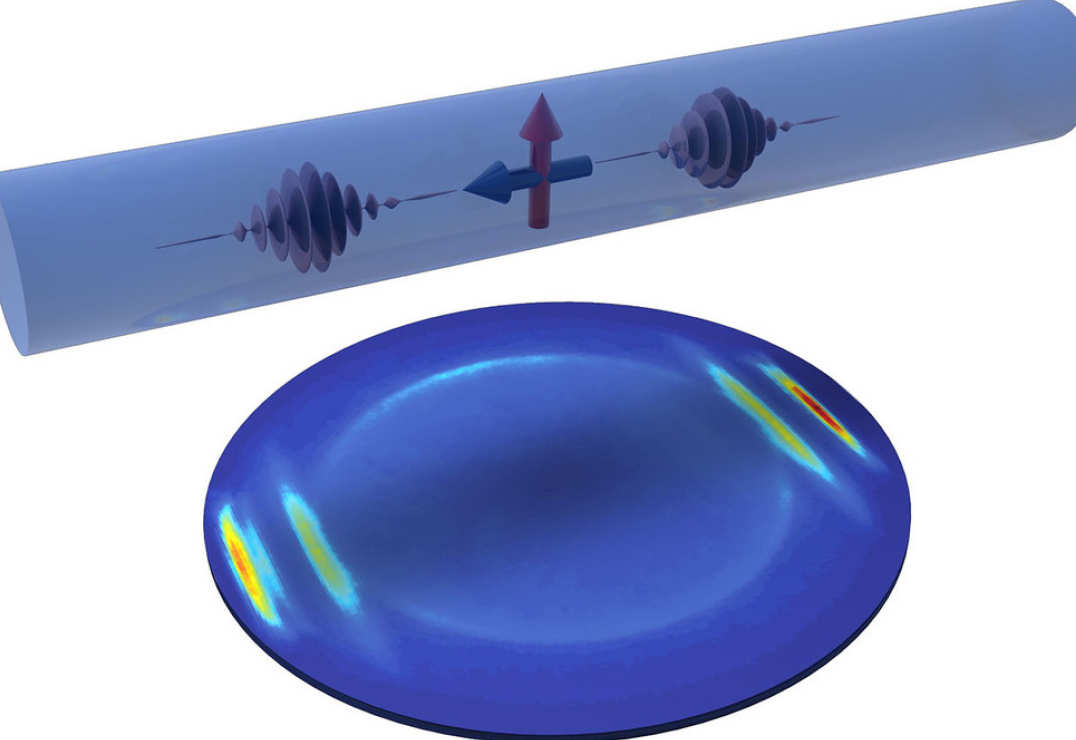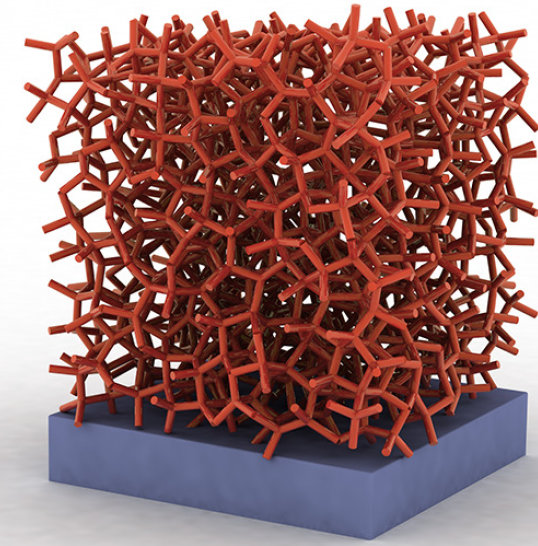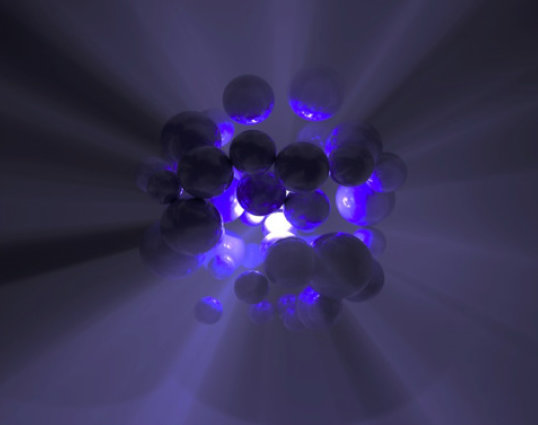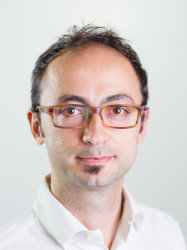Overview
Our research activity is focussed on single-emitter spectroscopy, mainly in complex nanophotonic systems and photonic networks. We are also interested in collective effects such as stimulated emission and lasing when many emitters are coupled together.
SINGLE EMITTER NANOSCALE SPECTROSCOPY


A quantum dot in a nanofibre
Nanophotonics and nanoscale optics, which are aimed at coherent control and manipulation of single photons emitted by individual quantum emitters in a nanostructured photonic environment offer a revolutionary new approach to computation and information technology: bits can be carried in the state of light and processed by nanoscopic amount of matter. We are studying the generation of single photons and their routing to specific distant location.
COMPLEX PHOTONIC NETWORKS

Complex nanophotonic networks offer a unique approach to light transport and light emission control, by designing a set of distributed single emitters that share information through photonic connections, and that can be remotely addressed.
HYPERUNIFORM DISORDERED NETWORKS

 Hyperuniform disordered photonic materials are a new class of materials that harness structural disorder and control light transport, emission and absorption in unique ways, beyond the constraints imposed by conventional photonic microcircuit architectures.
Hyperuniform disordered photonic materials are a new class of materials that harness structural disorder and control light transport, emission and absorption in unique ways, beyond the constraints imposed by conventional photonic microcircuit architectures.
Together with Marian Florescu (Surrey University) we are studying the physics and application of hyperuniform disordered nanophotonic structures.
UNCONVENTIONAL AND RANDOM LASING

 Lasers are directional and monochromatic sources of radiation. Contrary to common beliefs none of these properties are key to a laser, as the only requirement is that the radiation is originated by stimulated emission instead of spontaneous emission. While spontaneous emission is ubiquitous, as in an ordinary lamp for example, stimulation is a complicate process that requires light trapping and optical amplification. Disordered media can trap light via multiple scattering and sustain stimulate emission as unconventional source of laser light: random lasing.
Lasers are directional and monochromatic sources of radiation. Contrary to common beliefs none of these properties are key to a laser, as the only requirement is that the radiation is originated by stimulated emission instead of spontaneous emission. While spontaneous emission is ubiquitous, as in an ordinary lamp for example, stimulation is a complicate process that requires light trapping and optical amplification. Disordered media can trap light via multiple scattering and sustain stimulate emission as unconventional source of laser light: random lasing.


